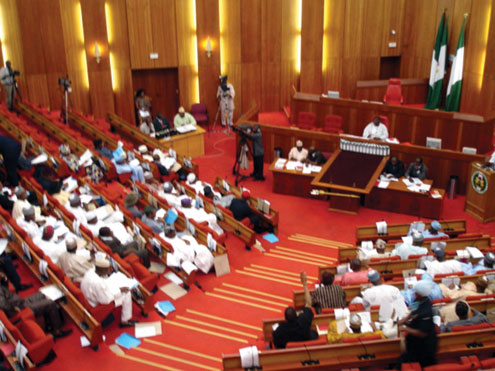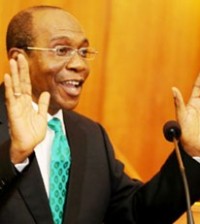FINANCIAL MATTERS: Inflation, what do the numbers mean?
The inflation numbers for February are in, and they do surprise. Prices, it seems, are not growing as fast as they did two months ago. According to the new numbers, consumer prices in the country rose by 11.1% in the year to February, down from 12.1% in the year to January. Why? The most basic problem with inflation statistics in the country is its failure to tell a coherent story.
Before the 12.1% in January, the Composite Consumer Price Index (CPI) was 11.8% in December, and 12.8% in November. Try as hard as you may, it is well nigh impossible to make sense of these movements, still less predict, on this basis, the inflation trajectory over three months.
In an election year, there were reasons galore to imagine that government spending was going to be a major source of pressure on domestic prices. Pork-barrel politics is almost unavoidable in a democracy as young as ours, and with its lack of proper political party/electorate connections. The structure of government spending is an additional consideration. For a while now, the bulk of it has been on consumption.
So, if government was going to spend more in an election year, invariably it was going to do this at a time when its failure to spend money to improvie domestic productive capacity has limited supply responses across every sector of the economy. Moreover, did it matter for relative prices in the local economy that this is a government that has, since coming into office, made a poor fist of staying within its spending commitments? Maybe!
The new inflation numbers upend this logic. Strange though this is, it would seem that government has not spent as much as most commentators had anticipated. That somehow, its spending has been sufficiently sterilised. Alternatively, that because domestic prices have become insulated from government over-spend, and with both consumer spending and business investment in the doldrums, inflation is well contained.
There is a different possibility. Monetary policy may just be working a lot better than we give the process credit for. Beginning at its September 2010 meeting, the Central Bank of Nigeria’s rate setting committee (the Monetary Policy Committee – MPC) signalled a lower appetite for inflation when it added 25 basis points to the policy rate to move it from 6.0% to 6.25%.
This concern with “continued high inflation rate” was re-visited at the MPC’s November meeting, where, even though it agreed to keep the policy rate unchanged at 6.25%, it included “fiscal consolidation and the continuation of comprehensive economic and structural reforms to remove supply-side bottlenecks,” as necessary conditions to relieve the build-up of pressure on domestic prices. January this year, MPC members voted 11 to 1 to put up the policy rate by another 25 basis points. “Perceived inflation risks in the near term” was again the main worry of the monetary tightening process.
Giving this effort, what chance is there that the CBN’s signals may have worked to moderate the adverse effects of fiscal excesses on domestic prices?
The apex bank itself will not pretend that it has a firm enough grip on the relationship between its base rates and domestic prices, that it then takes comfort from any of this. The best that can still be said is that by tinkering with its policy rate, the CBN can nudge interbank rates along certain tracks for some distance.
But by how much it can do this is still moot. Anyway, the CBN’s efforts cannot matter that much, given that the industry through which its rate increases ought to affect domestic prices, has very tenuous linkages with the real economy.
That said, there are still questions arising from the inflation numbers. The National Bureau of Statistics indicates that “Average monthly food prices rose by 2.9% in February 2011 when compared with January 2011 figure. The level of the Composite Food Index was higher than the corresponding level a year ago by 12.2%. The average annual rate of rise of the index was 13.9% for the twelve-month period ending February 2011”.
Thus, prices did come under pressure, and significantly too. What the new numbers allude to is that compared with the figure for the corresponding period last year, domestic prices have not risen as fast.
Source : 234next








